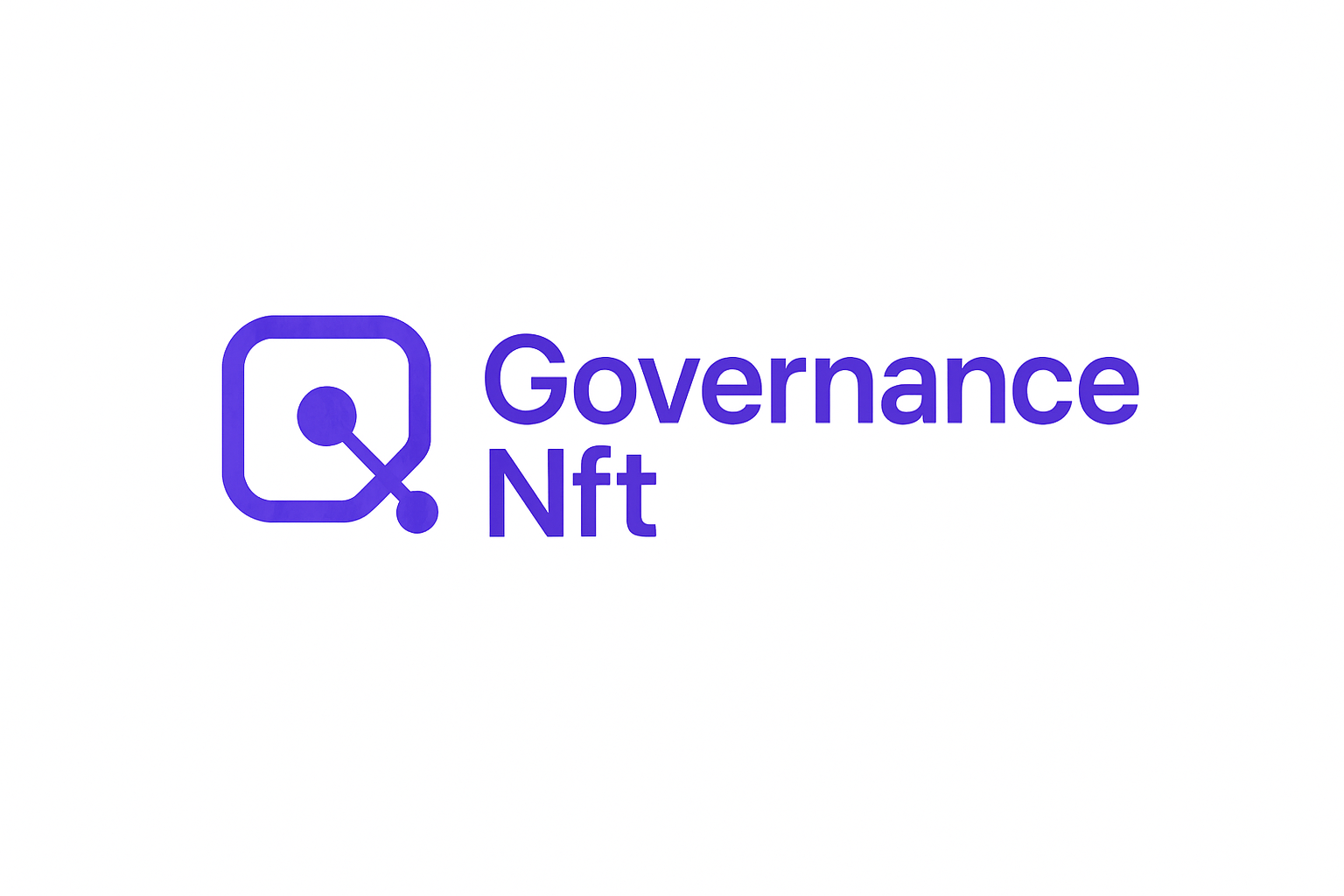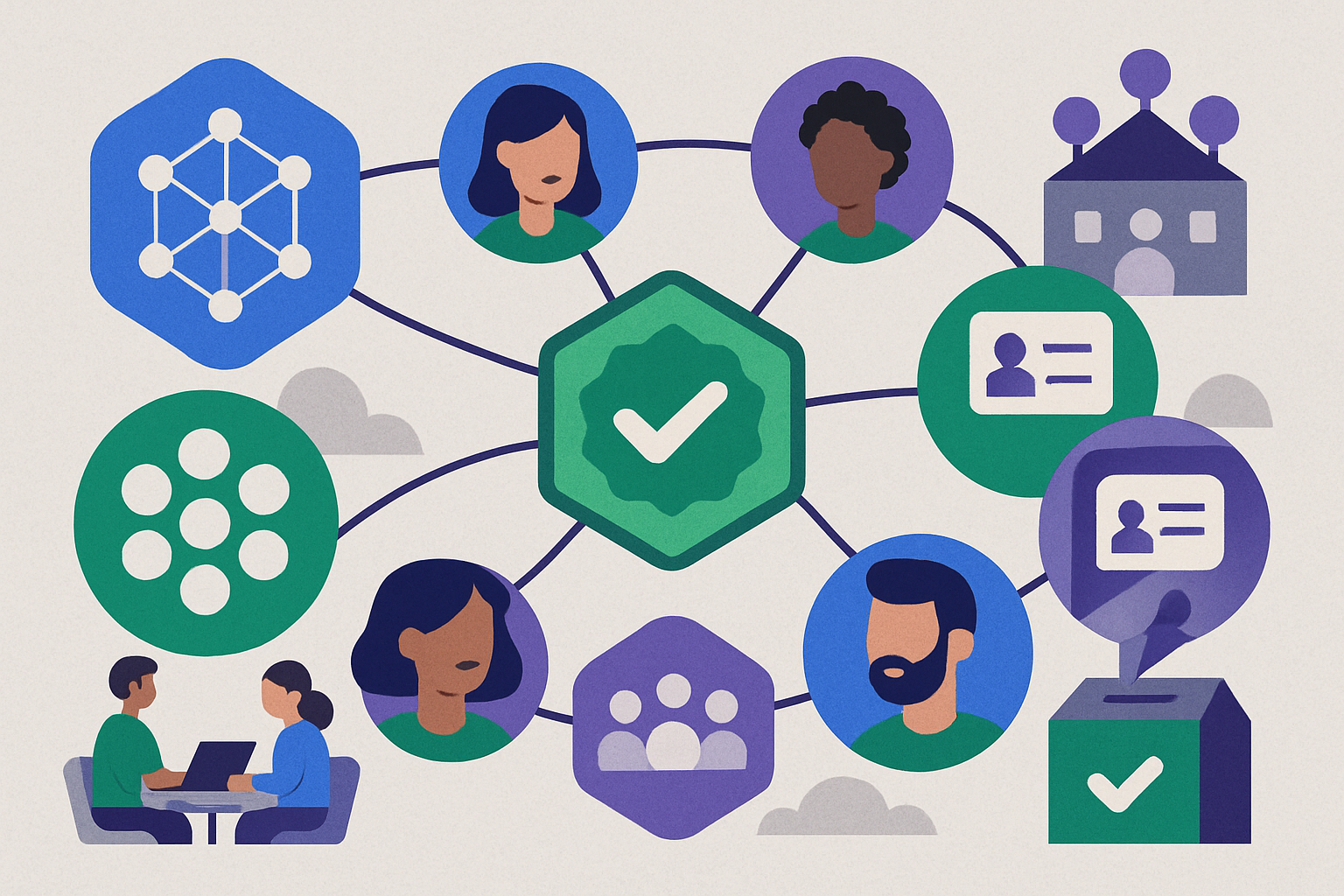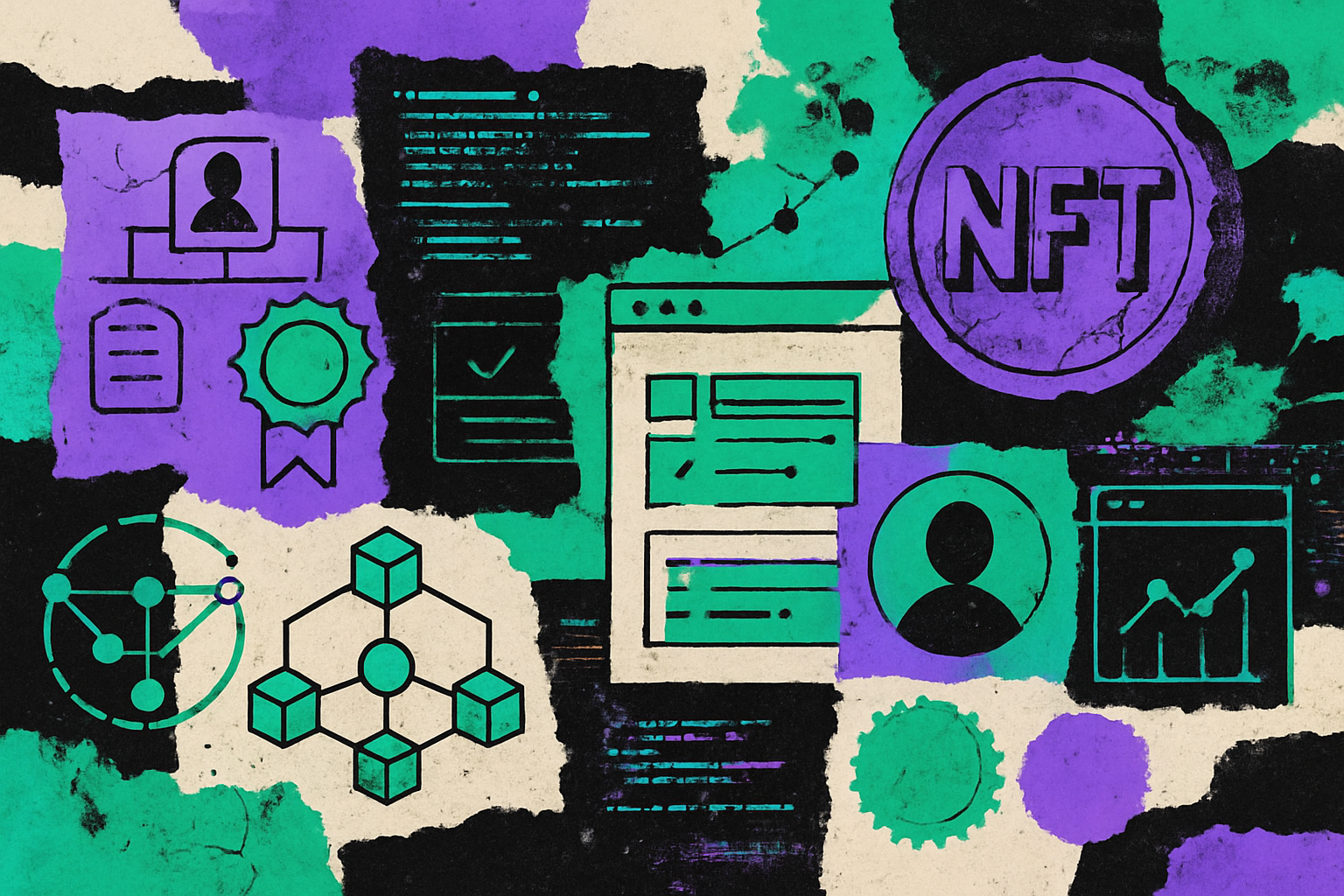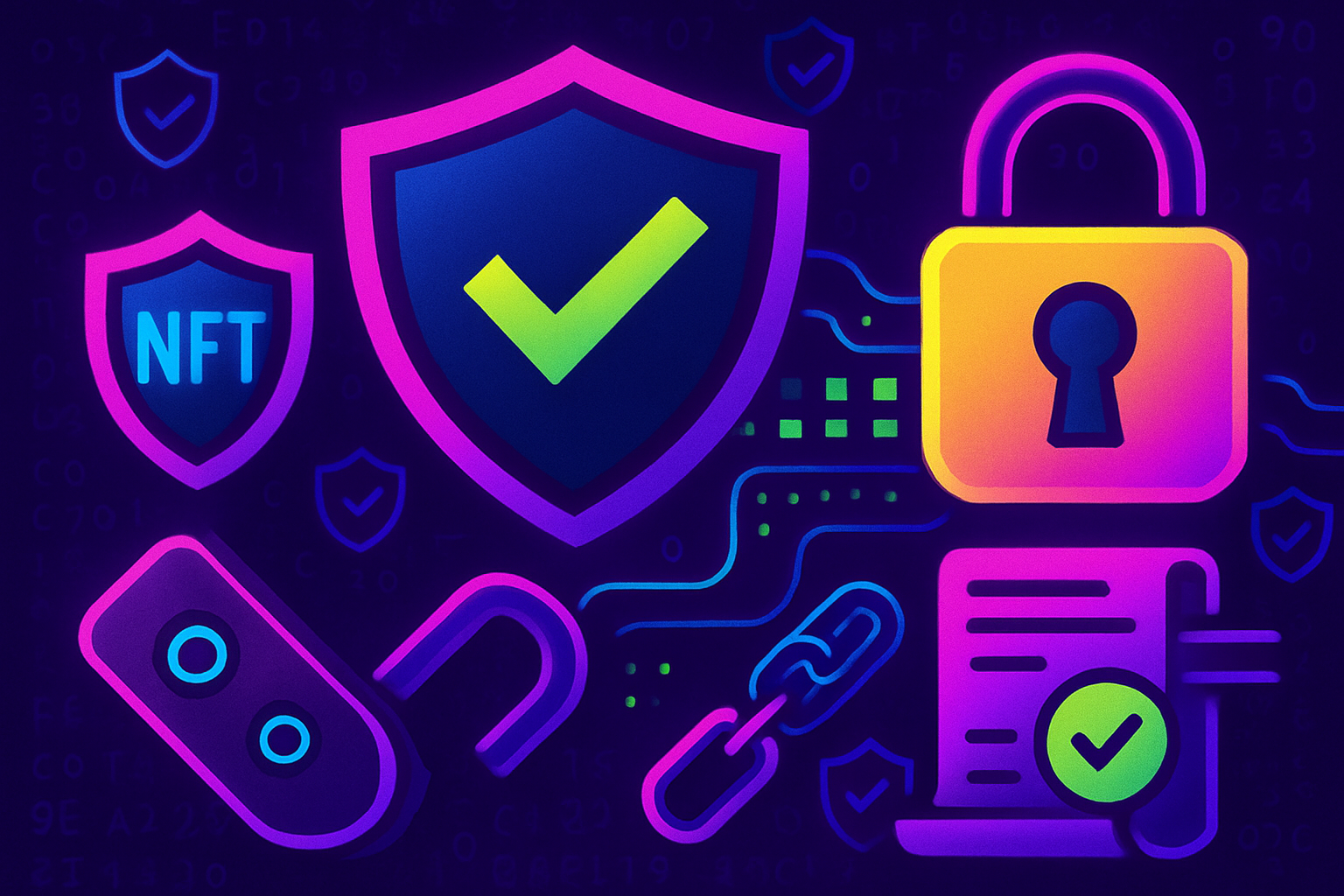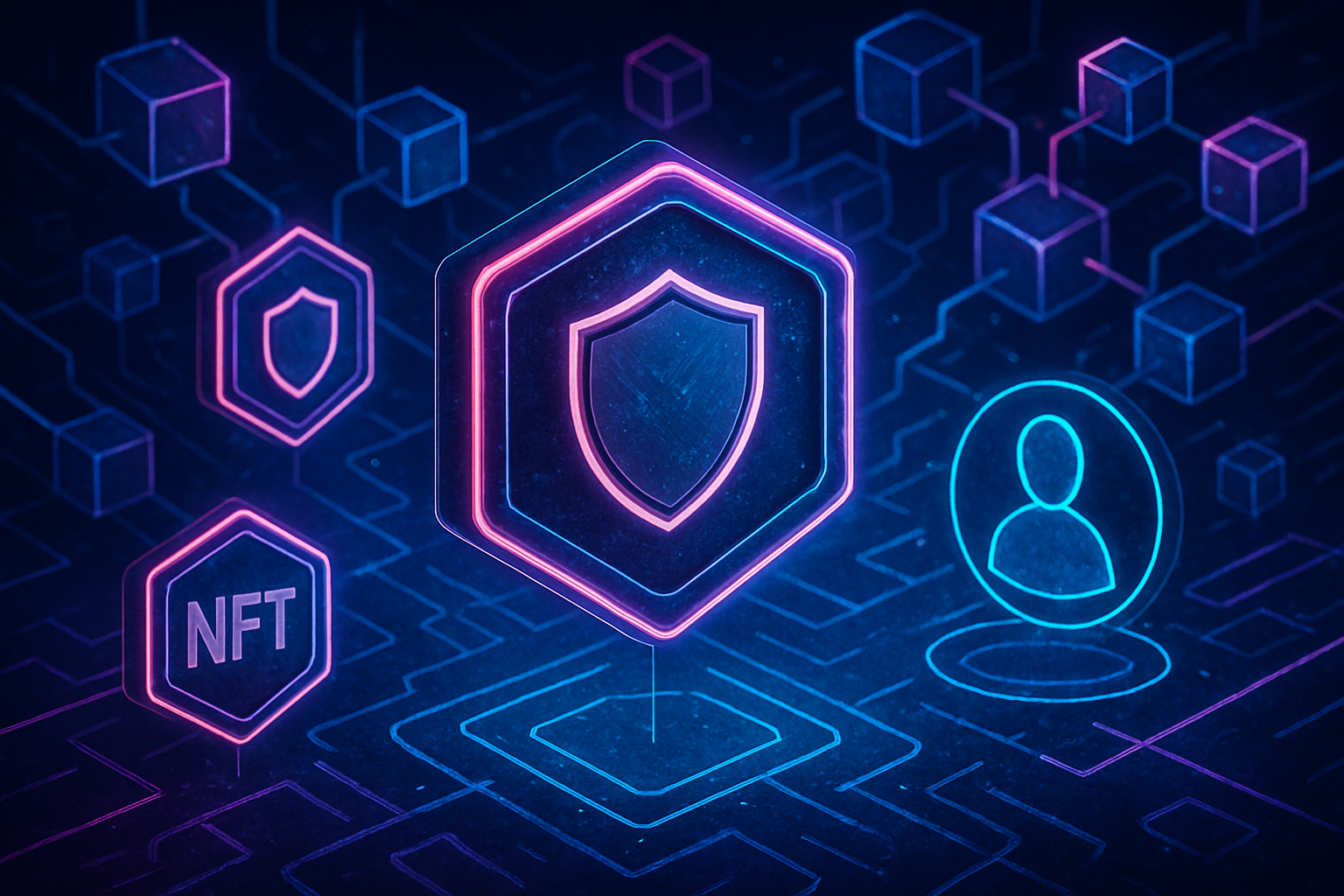
Governance NFT badges are transforming how DAOs formalize voting rights and community participation. By turning voting credentials into verifiable, on-chain NFTs, decentralized organizations can streamline decision-making and recognize contributors in new, transparent ways. If you’ve ever wondered how to issue governance badges or manage DAO voting rights NFTs, you’re in the right place.

Why Use Governance NFT Badges for DAOs?
Traditional DAO governance often relies on fungible tokens, but governance NFT badges introduce unique advantages. Each badge can represent specific rights, roles, or levels of influence within the organization. For example, tiered NFT systems (like those used by Divi Project) allow DAOs to grant more voting power to highly engaged members while keeping governance transparent and tamper-proof. This approach also makes it easier to track participation history and reward long-term contributors.
Designing Your DAO Voting Rights NFTs
The first step is to define what your governance badges should represent. Ask yourself:
- What attributes matter? Will badges be tied to voting power, reputation, or both?
- Are they transferable? Should members be able to sell or gift their voting rights?
- Tiers or one-size-fits-all? Will you use a single badge type or multiple tiers for different contributions?
This design phase is crucial. For instance, LUXEYA granted special NFTs during their pre-sale phase that permanently conferred extra governance privileges (see their whitepaper for details). Once your structure is set, you’re ready to move on to minting and distribution.
Key Features of Effective Governance NFT Badges
-
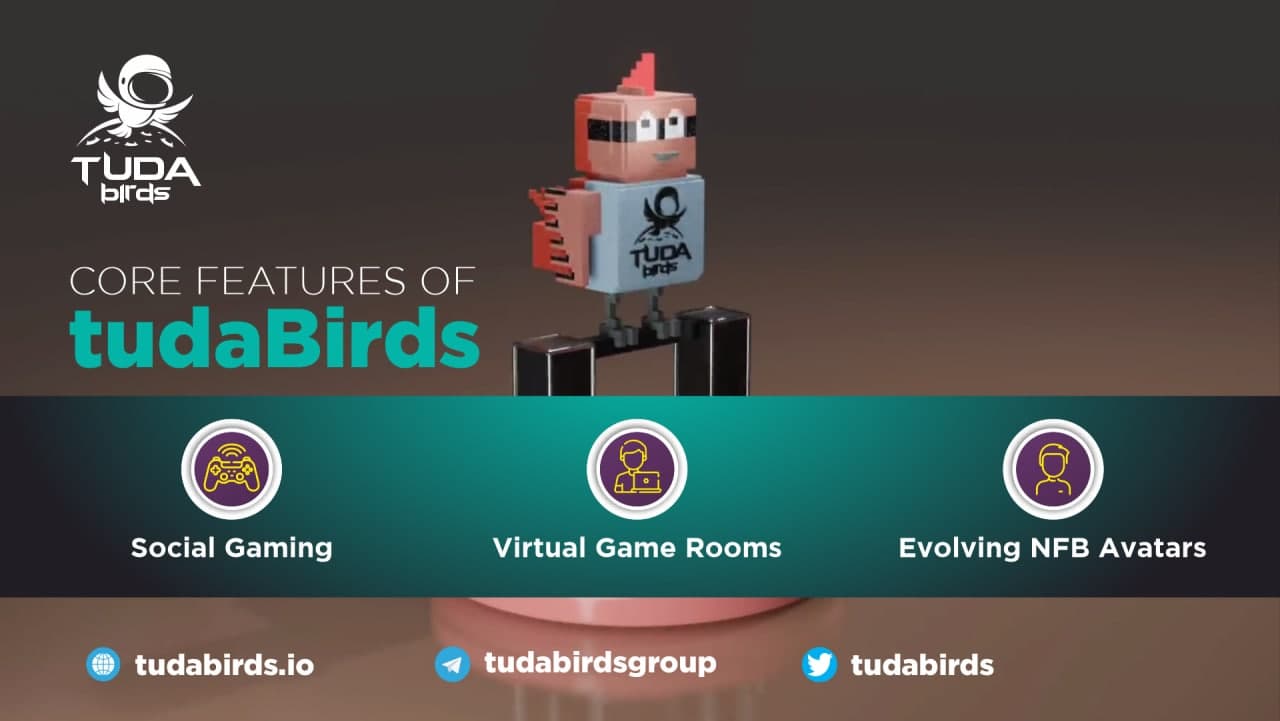
Clear Voting Power Allocation: Each governance NFT badge should explicitly define the holder’s voting power, often tied to NFT tiers or attributes. For example, Divi Project uses a tiered badge system where higher-tier NFTs grant greater voting influence.
-

Seamless Integration with DAO Platforms: Effective badges are recognized by major governance platforms like Aragon and Realms, enabling NFT-based voting and proposal participation without friction.
-
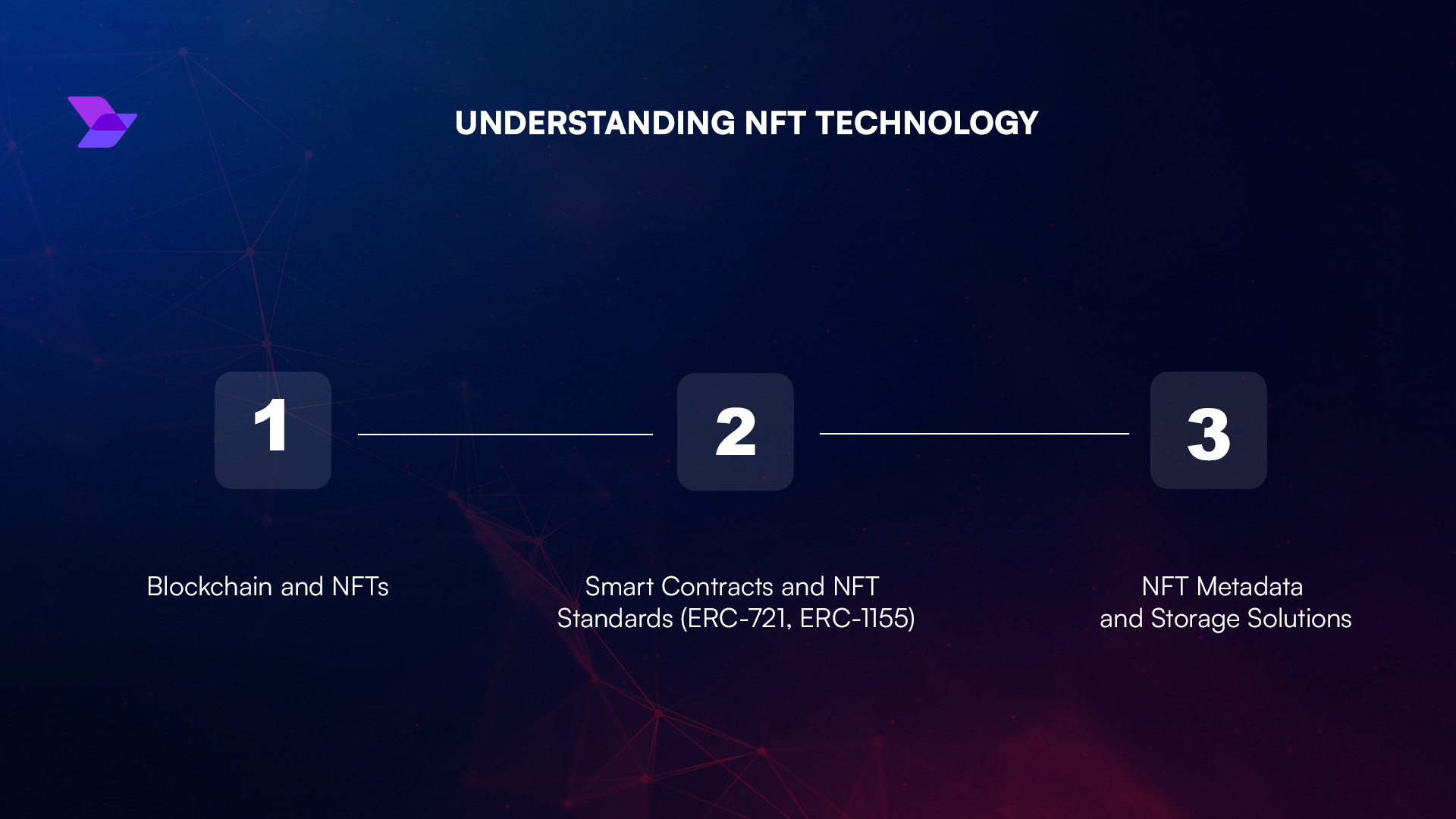
Secure and Transparent Ownership: Governance NFTs leverage blockchain transparency and smart contract security to ensure only legitimate holders can vote, preventing unauthorized transfers or duplication.
-
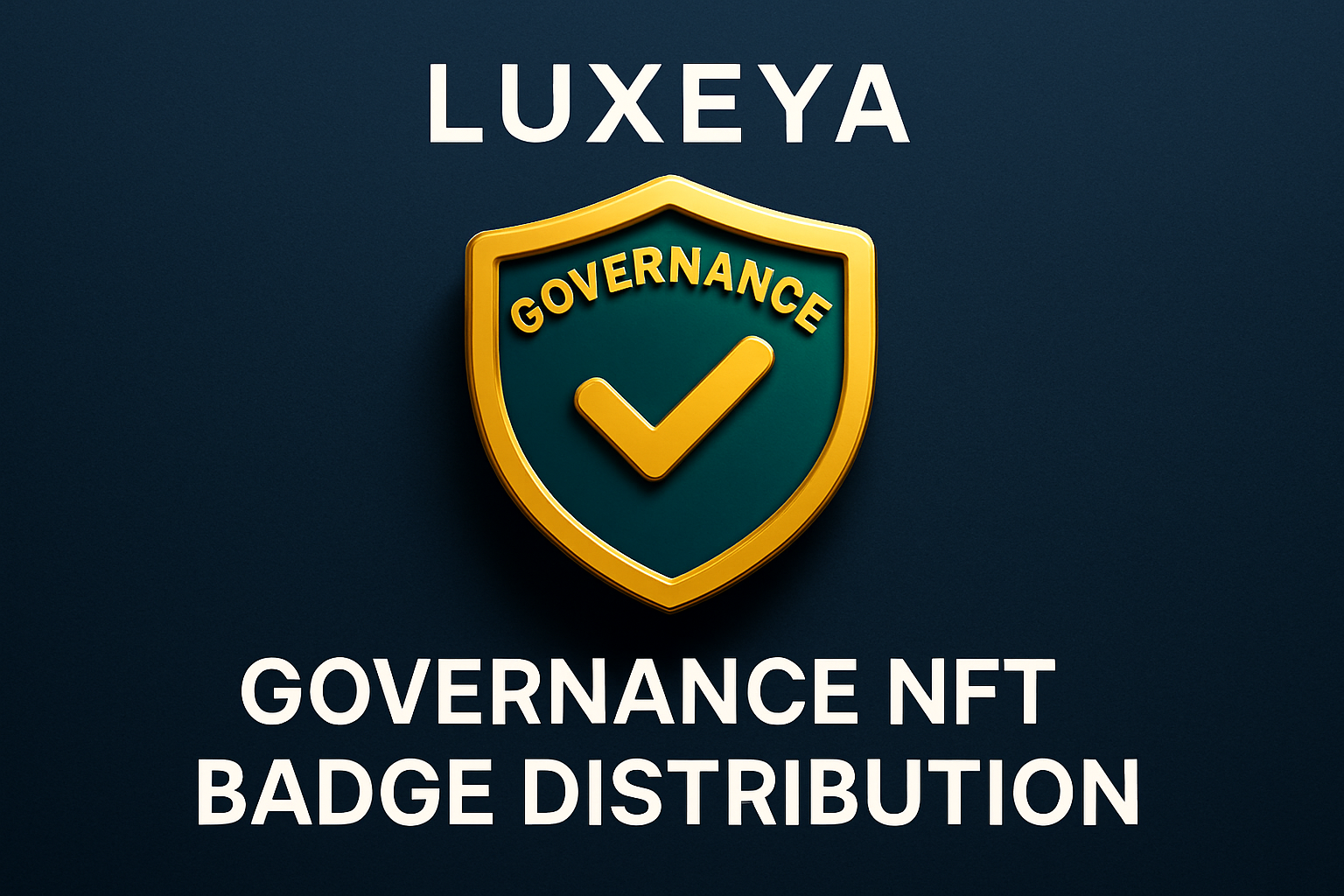
Customizable Distribution Criteria: Badges are distributed based on clear, auditable criteria such as member contributions, investments, or participation, as seen in LUXEYA‘s early contributor badge distribution.
-
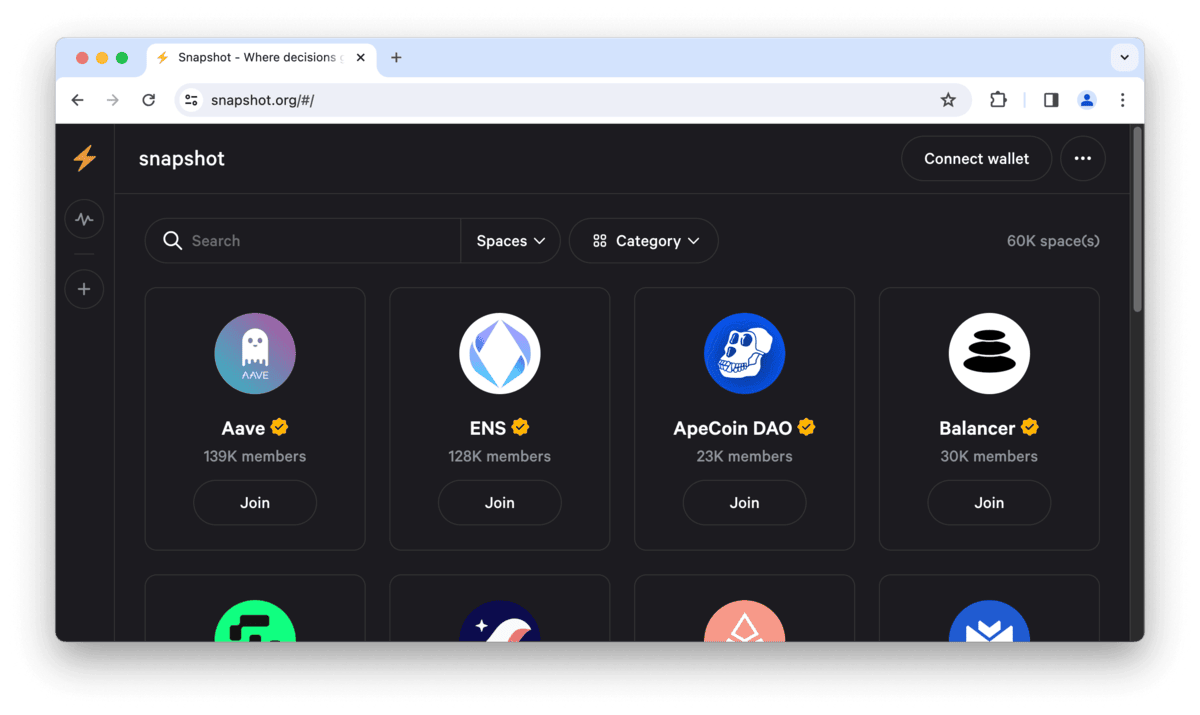
On-Chain Voting Process Management: Platforms like Snapshot and Realms allow DAOs to set voting thresholds, proposal timelines, and quorum requirements, ensuring fair and efficient governance.
-
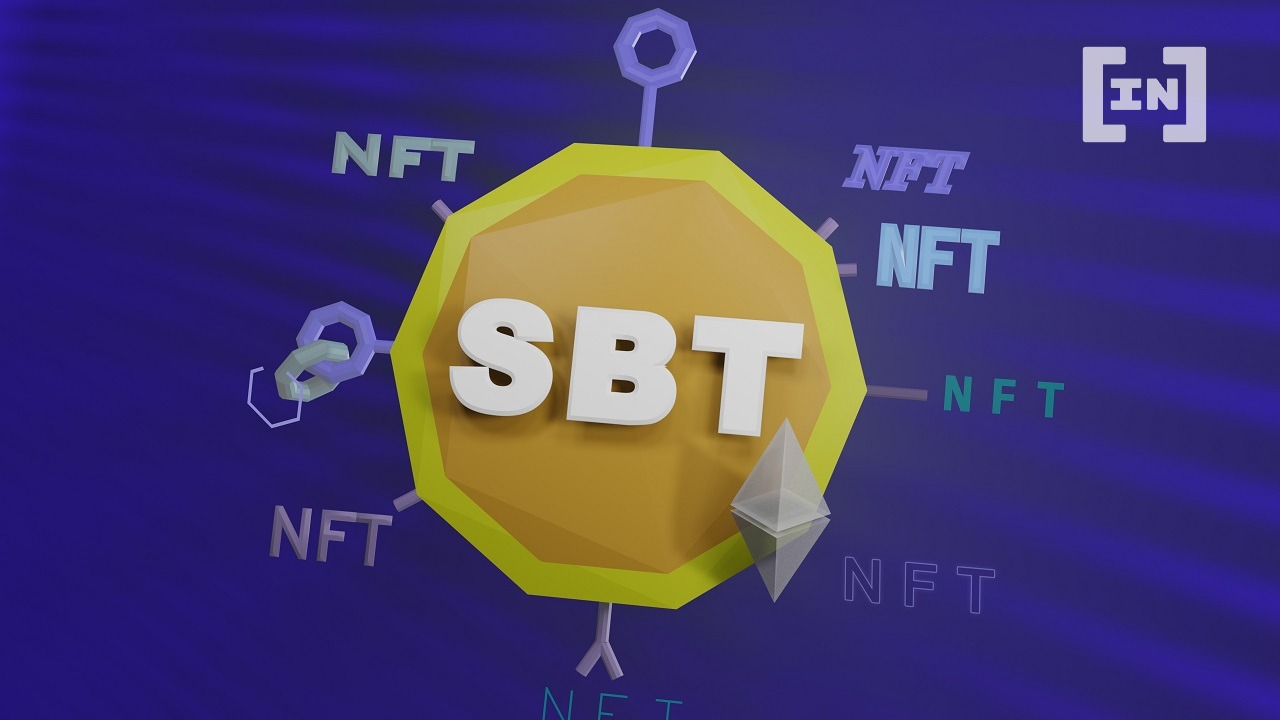
Non-Transferability for Security: Many governance NFT badges are non-transferable (soulbound), ensuring that voting rights remain with the original recipient and cannot be sold or transferred, which helps maintain governance integrity.
Minting and Distributing Governance Badges
The minting process turns your conceptual badge into an actual on-chain asset. Distribution methods vary depending on your DAO’s goals:
- Airdrop NFTs to early adopters or top contributors
- Selling badges as part of fundraising rounds (with clear rules about what each badge confers)
- Earning through participation, such as completing tasks or passing proposal milestones
No matter which route you choose, make sure that eligibility criteria are transparent and fair. Use allowlists based on wallet addresses holding specific NFTs – a method supported by platforms like Aragon and Realms – so only verified badge holders can participate in key votes.
NFT Integration with Governance Platforms
The final step is integrating these NFTs into your DAO’s actual decision-making processes. This means configuring your governance platform (such as Realms or Snapshot) to recognize badge ownership as voting power. You’ll want smart contracts that securely verify badge holders without allowing unauthorized transfers or duplications.
Once your governance NFT badges are live and recognized by your DAO’s infrastructure, it’s time to focus on ongoing management. This is where the real magic happens: empowering members, protecting voting rights, and ensuring the system remains robust as your community grows.
Managing DAO Voting Rights NFTs: Best Practices
Effective management of DAO voting rights NFTs requires a balance between flexibility and security. Here are some proven strategies:
Best Practices for Managing Governance NFT Badges in DAOs
-
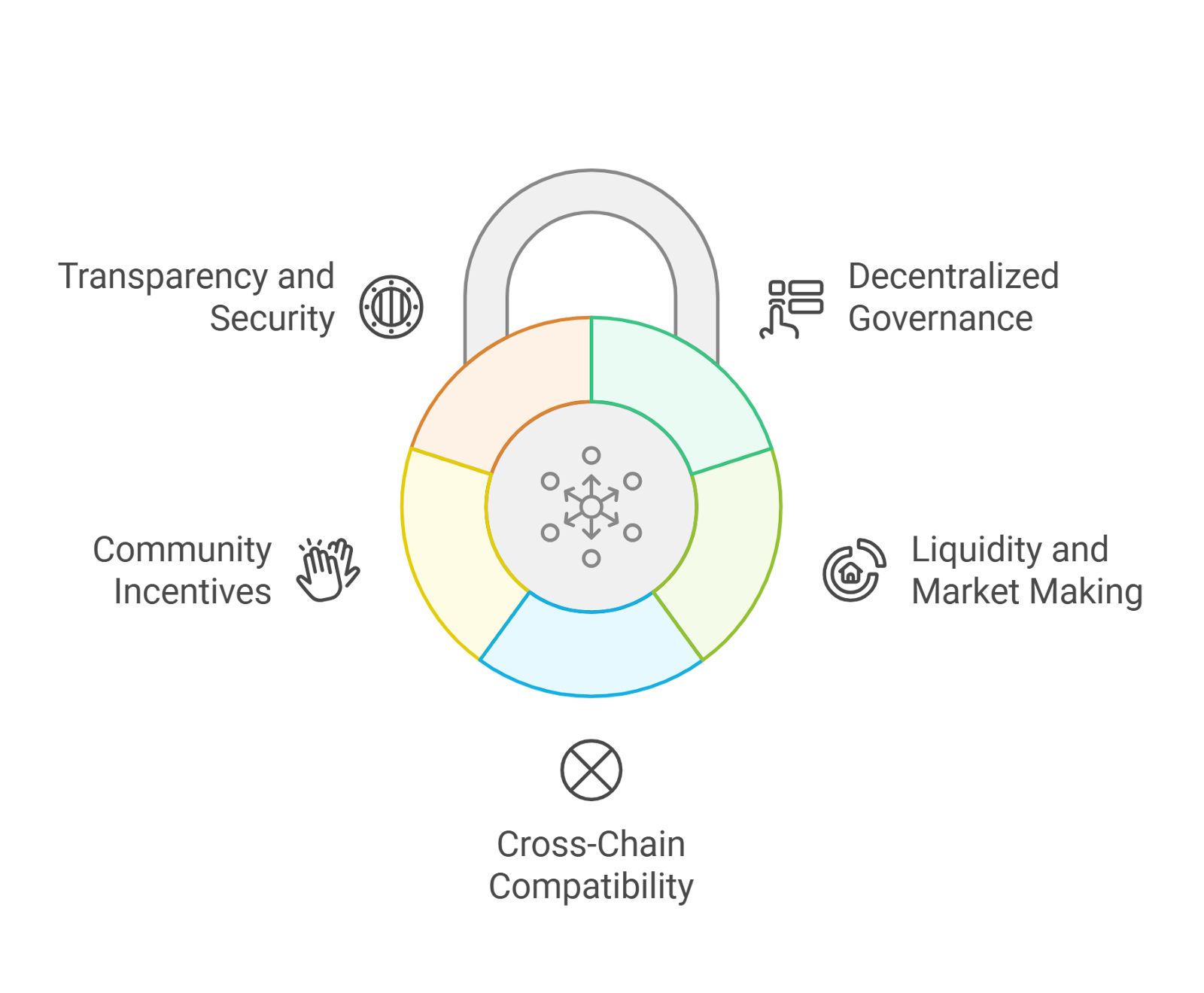
Design Clear NFT Badge Structures: Define badge attributes like voting power, transferability, and tiers. Projects such as Divi Project use tiered NFTs to grant varying levels of voting rights.
-

Establish Transparent Minting & Distribution: Mint governance NFTs and distribute them based on clear criteria such as contributions or investments. For example, LUXEYA awarded badges to early contributors and pre-sale participants.
-
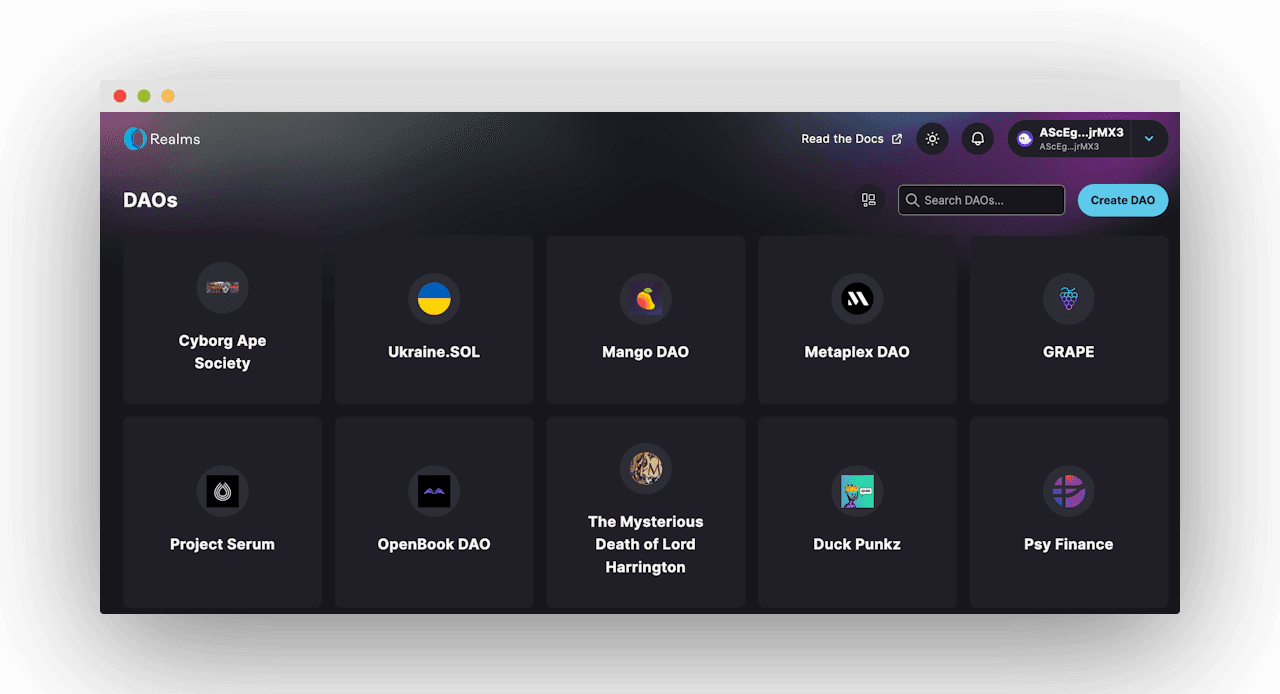
Integrate NFTs with DAO Voting Platforms: Use established platforms like Realms to recognize NFT badges as voting tokens, ensuring seamless participation in governance.
-
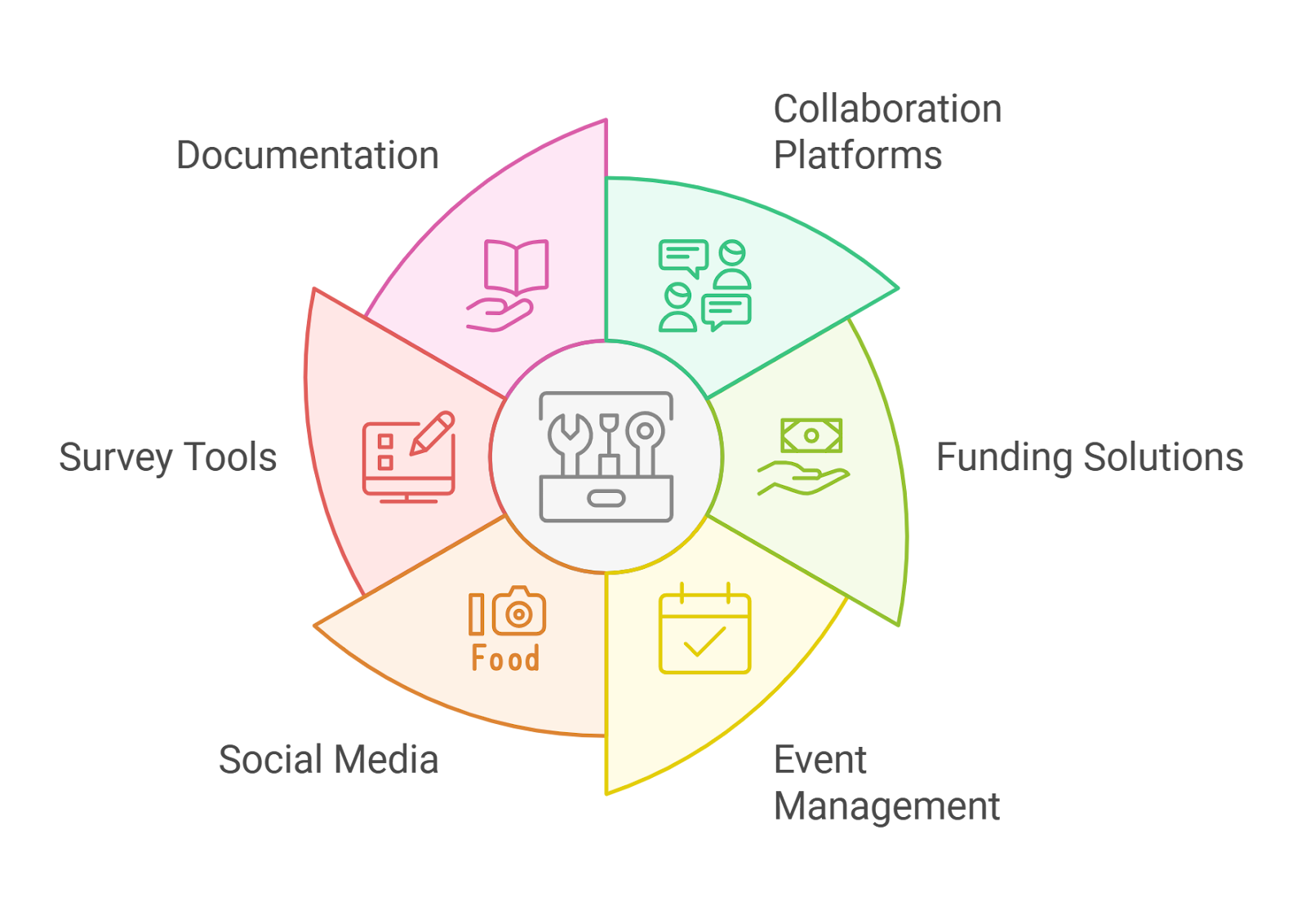
Set Robust Voting Protocols: Define rules for proposal submissions, voting thresholds, timelines, and quorum to ensure fair and effective governance. Refer to frameworks outlined in Aragon DAO guides for best practices.
-
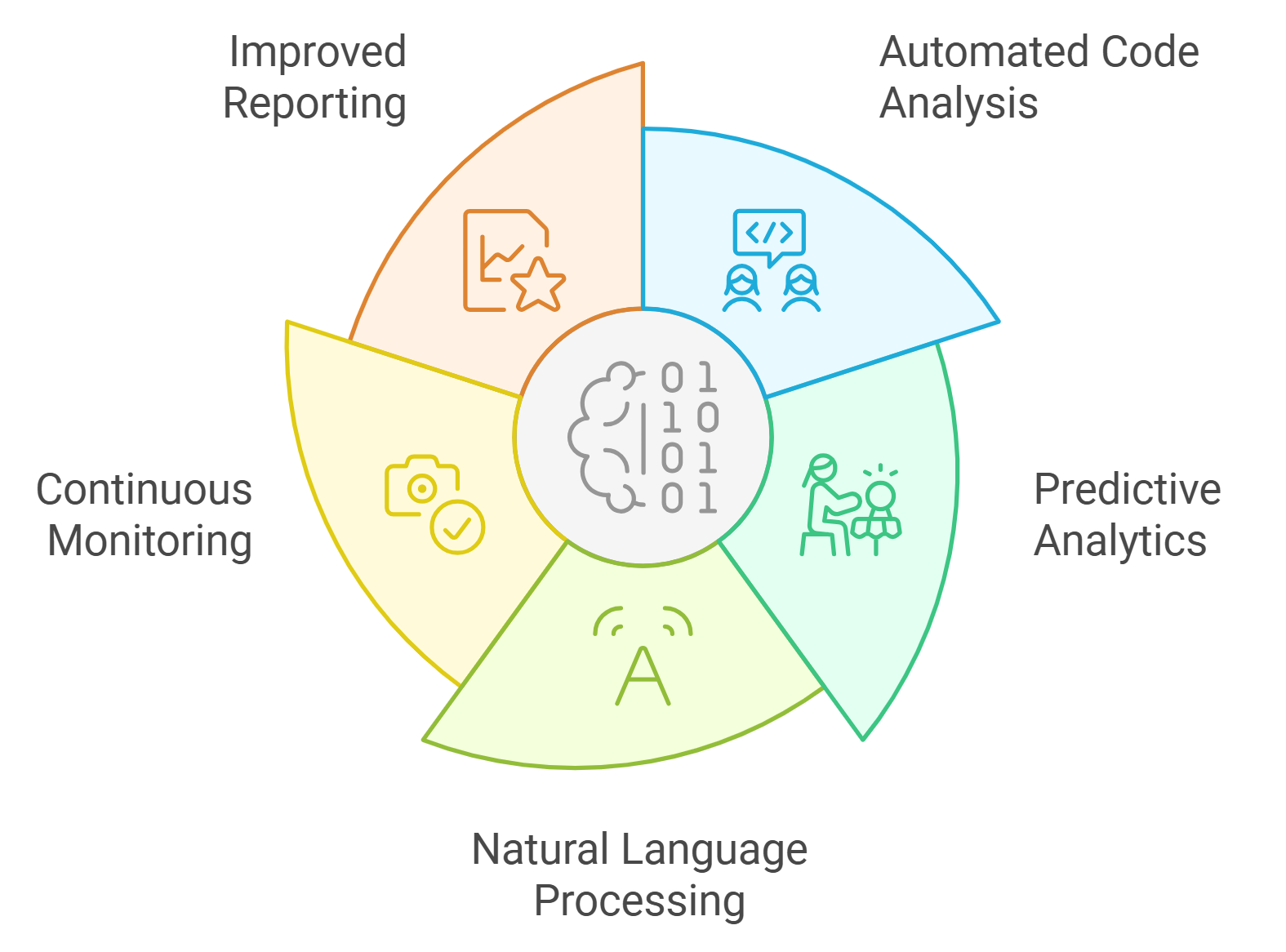
Prioritize Security and Compliance: Implement smart contract security to prevent unauthorized transfers or duplication of governance NFTs. Regularly audit contracts and follow security guidelines from platforms like Snapshot and Aragon.
For example, set clear proposal submission guidelines and voting periods. Many DAOs require a minimum quorum, say, 10% of badge holders must vote for a decision to be valid. Smart contracts can automate these requirements, reducing human error and bias.
Security is non-negotiable. Prevent unauthorized badge transfers by using non-transferable (soulbound) NFTs for governance roles that shouldn’t be sold or traded. If your badges are transferable, implement checks to ensure that only current holders can vote at any given snapshot in time.
Tracking Participation and Rewarding Engagement
One of the most innovative aspects of governance NFT badges is their ability to create a transparent participation record. Every vote cast or proposal made can be linked to a specific badge, building an on-chain resume for contributors. Some DAOs even issue special edition badges as rewards for exceptional service or milestone achievements.
This approach not only motivates members but also helps build trust within the community. When everyone can verify who contributed what, and when, DAO reputation becomes tangible and portable across projects.
Common Pitfalls (and How to Avoid Them)
- Poorly defined badge criteria: If it’s unclear how members earn or lose voting rights, disputes will arise.
- Overcomplicated tier systems: Too many badge types can confuse members and dilute participation.
- Lack of transparency in distribution: Always publish eligibility rules before minting begins.
- Inadequate security controls: Double-check smart contract logic before launch to prevent exploits or double-voting.
If you’re unsure about any step, consult with experienced smart contract developers or leverage established DAO frameworks that support NFT-based governance out of the box. For more technical guidance on setting up allowlists or integrating with platforms like Realms or Snapshot, check out our detailed walkthrough at this resource.
The Future of DAO Participation NFTs
The use cases for governance NFT badges are expanding fast, from formalizing voting rights to gamifying participation and even unlocking exclusive community perks. As more DAOs adopt these tools, expect new standards around interoperability and reputation portability across web3 communities.
The bottom line: Governance NFT badges aren’t just about votes, they’re about creating transparent, accountable communities where every contribution counts.
